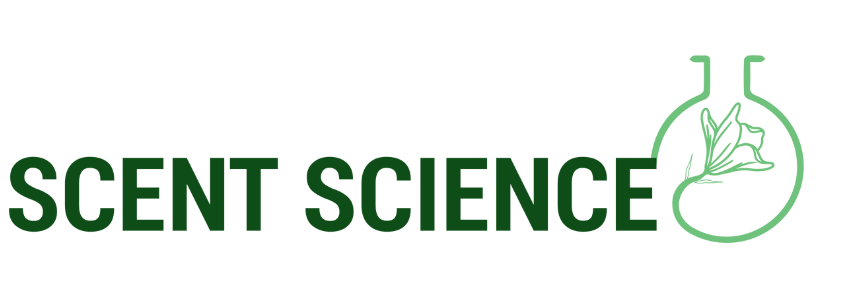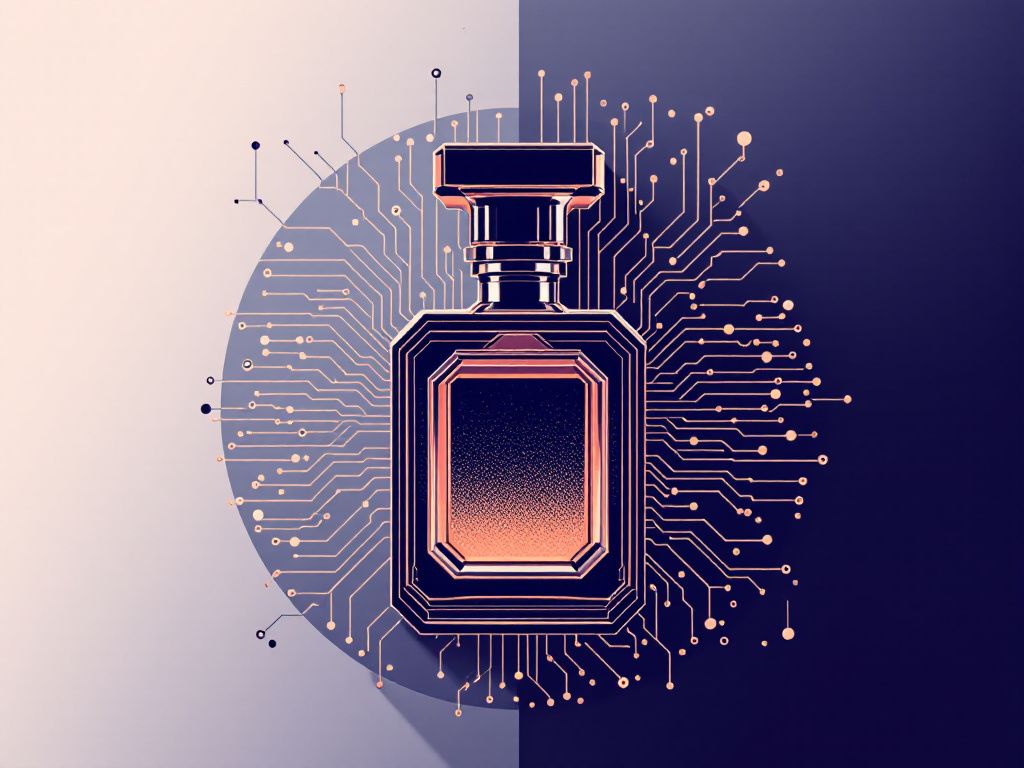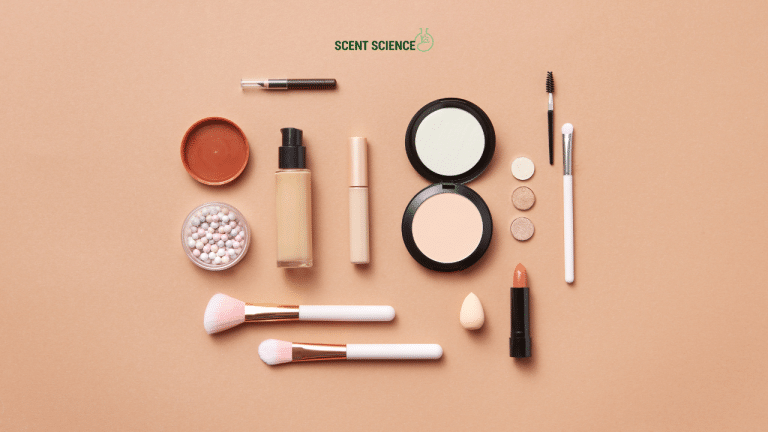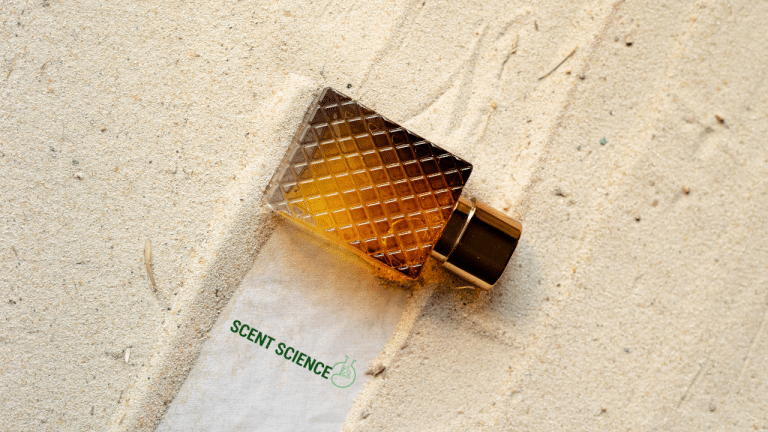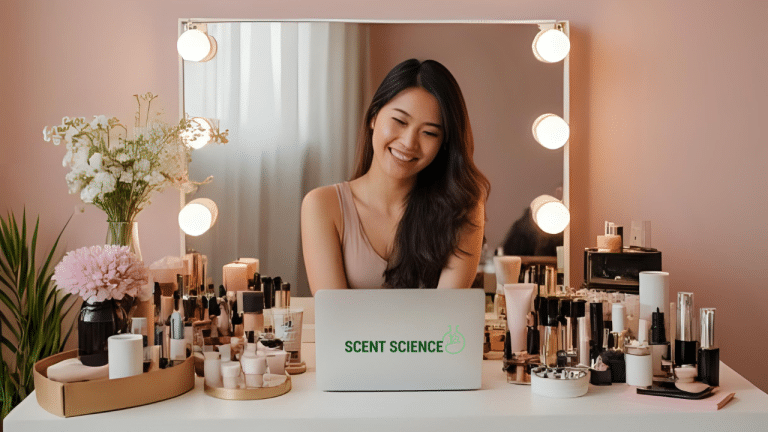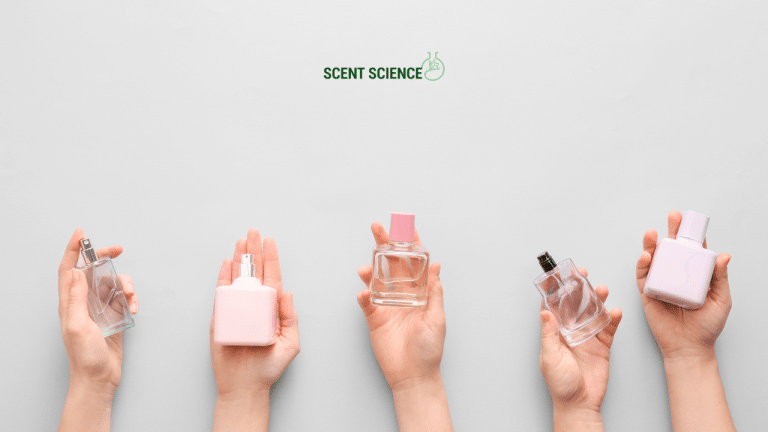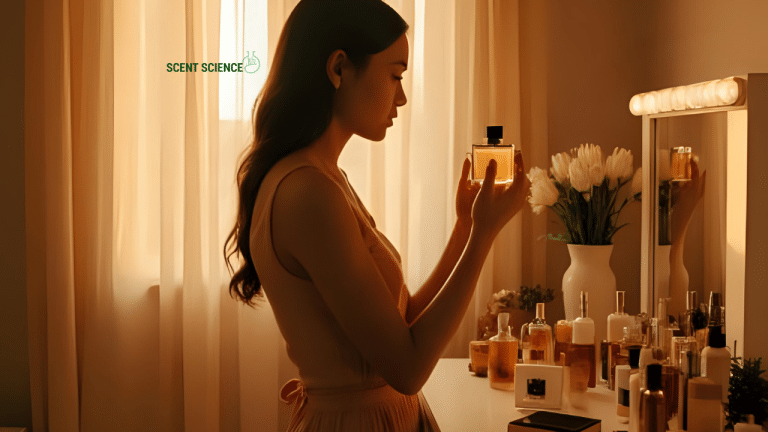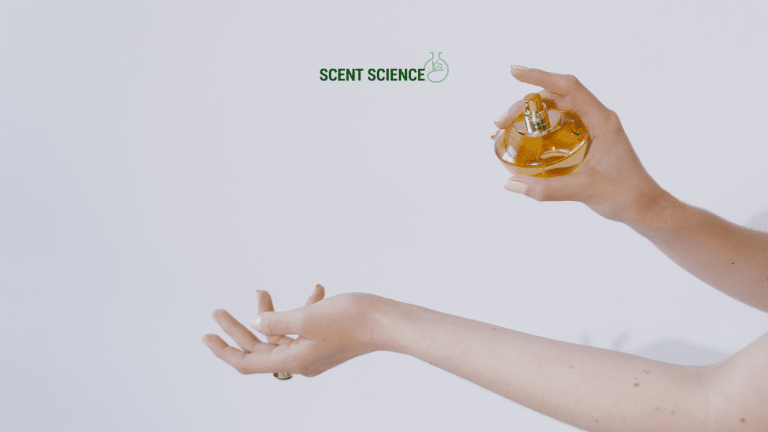Ever walked into a department store, just to be swept away by those enticing scent demonstrations they set up near the entrance? The fragrance world has always been alluring, yet mystifying. But with so many perfume choices out there, how do brands manage to capture your attention and convince you to take the plunge into a new scent? Enter the world of **perfume marketing** enhanced by the power of **digital analytics**. It may sound a bit abstract now, but stick with me—it’s all about merging the art of fragrance with the precision of tech innovation.
Table of Contents
ToggleBridging Art and Science: The Challenge in Scent Marketing
Perfume selling has long been about crafting stories—romantic, adventurous, mysterious tales that seduce consumers into experiencing these worlds through scent. However, there’s a challenge. Fragrances are notoriously hard to market digitally because you can’t just smell them through a screen. You’re left to the imagination, and this is where perfume marketing truly gets creative.
So here’s a question: how do brands connect with their audience in such an intimate way while leveraging the data-driven power of digital analytics? Trust me, it’s a thrilling journey and marketers are now using some pretty innovative tricks in the digital realm.
The Power of Data: Getting Personal with Perfume
To put it simply, data is the backbone of modern digital strategies. By collecting and analyzing consumer behavior online, brands can create personalized marketing that feels surprisingly intuitive. Imagine this: you’re browsing online for a gift or maybe you’re in search of a personal fragrance makeover. The ads that catch your eye seem to know exactly the exotic notes you might like to explore next, and maybe they even offer a virtual scent profile quiz to pinpoint your exact preferences.
This is where **digital analytics** swoops in. It’s the silent whisperer that helps brands fine-tune their approach. If perfume marketing is a symphony, digital analytics would be the conductor. They monitor which types of ads are clicked on, how long someone hovers over a scent description, and what kind of visuals tend to make someone linger longer. All these insights contribute to crafting a more personalized, direct selling approach.
From Data Collection to Intimate Marketing Strategies
Here’s how it broadly works: Brands gather data from various digital channels. This includes social media platforms, websites, and even mobile apps. They track engagement metrics like click-through rates, time spent on product pages, and conversion rates. But it’s not as creepy as it might sound. It’s more about curating a unique experience catered to, well, you. More like a thoughtful sommelier rather than an intrusive presence.

They segment this data to create customer personas, each aligning with unique scent preferences. Building these personas allows marketers to tailor incredibly personalized campaigns. Essentially, when you get an email or ad, it seems as though it’s speaking directly to your tastes—floral, spicy, or maybe something oud based. Imagine feeling like the marketing was crafted specifically for you.
Tools of the Trade: Tech Innovations Fueling Perfume Marketing
Now let’s dive into some practical tech that perfumes brands are using. Here’s a short list of tools making waves in the fragrance market:
1. AI and Machine Learning
AI algorithms predict scent preferences by analyzing buying behavior and feedback. Not only does this retain current customers, but it invites new ones by statistically guessing what scents will resonate with them.
2. Augmented Reality (AR)
Some brands are incorporating AR into their apps—it’s not entirely smell-o-vision, but it’s close. These applications provide virtual scent experiences allowing consumers to explore fragrances in a whole new digital dimension.
3. Chatbots
These little virtual assistants provide an engaging interactive experience online. They ask about your likes and dislikes, recommending scents based on the gathered data. It’s somewhat like having a personal shopper instantaneously at your service.
4. Customer Relationship Management (CRM) Systems
CRM programs collate all consumer interactions allowing brands to fully personalize communications—from offers to newsletters and campaigns, all touching the nerve of individuality.

Let’s Circle Back to Personal Experience
While on this journey through stellar digital ecosystems, there’s no denying it all boils down to one core aspect in perfume marketing: experience. As companies gather and utilize insights, they’re better equipped to dostn it be?” in a jestful nod to those scents that stuck with you, the ones you’re likely to explore again or gift to someone else.
An Actionable Approach: Strategies to Consider for Perfume Brands
If you’re a fragrance brand or aspire to delve into this mesmerising industry, here are some robust steps you can take—because why not give them a try?
Step 1: Guide for Conductive Assessments
Develop a habit of regularly assessing and filtering through consumer data. Utilize AI tech like machine learning algorithms to enrich your preferred processes. This may appear unpacked at first, yet with persistence, you’ll unravel vital insights leading to a distinctive positioning in the market.
Step 2: Visual Narratives
Use storyboards integrated within AR experiences to create compelling narratives behind each fragrance. Visual storytelling bridges that elusive gap of not being able to smell scents digitally with the command of atmosphere and mood presentation.
Step 3: Embark on A/B Testing
Run frequent A/B tests for your ad content, designs, and platform choices. It’s incredible how much valuable data you can harvest just by assessing multiple versions of content, leading to an informed decision that enhances perfume marketing strategies over time.

Step 4: Forge Emotional Bonds through Social Media
Engage on social media platforms actively, post stories behind each scent origin, and feature interactive tasks like inviting followers to share their favorite scent memories—that personal touch might make the audience crave experiencing them first-hand.
Avoiding Common Mistakes: A Quick Glance
Okay, before we wrap up, let’s talk about what to avoid. Falling for every new digital trend can dilute your brand’s long built identity. Be selective, adopt what aligns with your brand’s mission. Moreover, never disregard ethics regarding data privacy as you reach for deeper insights. It’s a relationship based on trust and your audience values this above everything else.
Perfume Marketing Metrics: Understanding Your Success
Ultimately, measuring your campaign’s success is still crucial. Here’s a small table showing key metrics you might want to keep an eye on:
| **Metric** | **Description** | **Purpose** |
|---|---|---|
| Conversion Rates | Percentage of site visitors who make a purchase | Determine the effectiveness of marketing |
| Customer Lifetime Value (CLV) | The predicted revenue a customer will generate in their lifespan | Ensures focus on long-term relationships |
| Click-Through Rate (CTR) | Gauge how many users click on ads versus just seeing them | Measures ad effectiveness |
| Social Engagement | Likes, shares, comments on social media | Assesses brand attention and loyalty |
By monitoring these, you’ll understand better where your energy—and budget—should be spent, allowing you to optimize and expand.
Embracing Innovation in Fragrance Marketing
Digital perfume marketing, when married to analytics, unlocks potent realms of possibilities for brands aiming to resonate with a modern audience. And while it might seem that numbers and stats overshadow scent artistry, it’s truly about balance—a harmonious dance between data-smart strategies and the exploratory spirit that only perfumes can evoke.
So go ahead, dive deeper into the canvas of digital analytics for perfume marketing and allow your brand to paint a noteworthy fragrance story for every curious consumer out there. Make every click fragrance-rich in resonance with something more personal, meaningful, altogether more human. After all, what’s better than a fragrant experience backed by digital elixir?
Frequently Asked Questions
What are the key elements to consider in the packaging of perfumes for effective marketing?
The packaging of perfumes is crucial for making a lasting impression on customers. It should be classy, unique, and protective of the product. The bottles should be airtight and designed to avoid direct sunlight. Additionally, the packaging should reflect the brand’s value and appeal to the target audience, such as customizing bottles with names or locations for a personal touch[1].
How can online surveys and samplers help in perfume marketing?
Online surveys can help determine popular fragrance notes and key communicative messages for the perfume. Samplers, such as miniature bottles, scent strips, or ‘scratch and sniff’ papers, are highly effective in introducing new perfumes to potential customers and generating interest. These free samples can be distributed through contests or as part of marketing campaigns[1].
What role does video marketing play in promoting perfumes?
Video marketing is essential for showcasing perfumes, as it allows influencers to demonstrate the product in detail. Close-up videos of the bottle and packaging, along with personal stories about the fragrance, can create an emotional connection with potential buyers. Influencers can also explain the different notes of the perfume and suggest appropriate occasions for its use[1].
What are the different distribution channels available for perfume marketing, and what are their advantages?
Perfume distribution can be done through direct, indirect, or hybrid channels. Direct channels involve selling directly to customers, offering more control over pricing and customer service but requiring more investment in marketing and logistics. Indirect channels use intermediaries like wholesalers and retailers, reaching a wider market but reducing control over pricing and customer service. Hybrid channels combine both direct and indirect methods, allowing for a balanced approach to distribution[2].
References